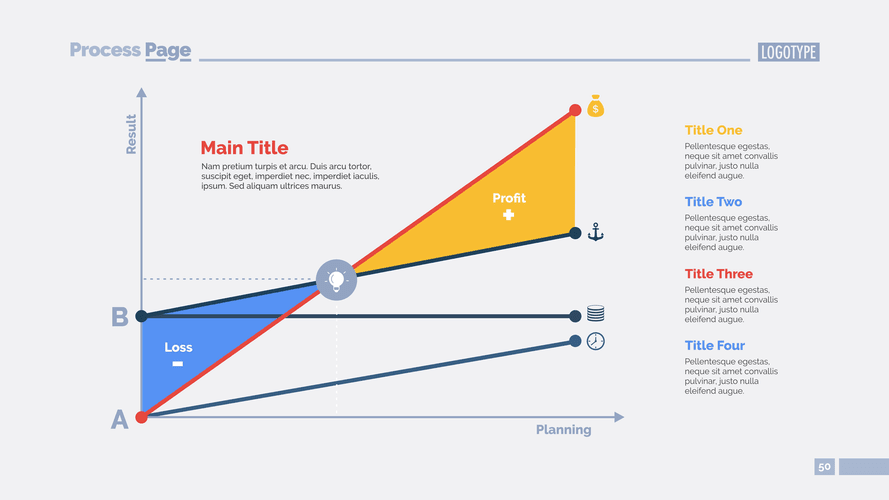Bookkeeping
How to calculate total equity

Let’s say Company A has $5 million in total assets and $1 million in total liabilities. With this solid equity base, the company can expand, take risks, and generate investor confidence. A high equity value may also be a signal of profitability and a history of reinvestment into the business. Company or shareholders’ equity often provides analysts and investors with a general idea of the company’s financial health and well-being. If it reads positive, the company has enough assets to cover its liabilities.
How Do You Calculate a Company’s Equity?
To calculate equity on a balance sheet, the first step is to identify and quantify the company’s total assets. Current assets can include cash, investments, accounts receivable, and inventory, while non-current assets can include property, plant, and equipment, as well as intangible assets. Equity represents the ownership interest in a company and is calculated by subtracting total liabilities from total assets. It reflects the value that shareholders hold in the company and is often a measure of its net worth.
How Business Growth or Decline Impacts Equity
- For example, if a company acquires additional assets, such as property or equipment, it may increase its equity position.
- Finally, equity provides a return on investment to shareholders through dividends and capital appreciation.
- No, you cannot use the same formula for calculating equity on a balance sheet to calculate earnings per share.
- Different types of assets can have varying impacts on a company’s equity.
- Shareholders of a company are typically interested in the company’s shareholder’s equity, which is represented by their shares.
- Bench simplifies your small business accounting by combining intuitive software that automates the busywork with real, professional human support.
- Conversely, business decline or financial challenges can have a negative impact on equity as it may result in reduced revenues, losses, and asset write-downs.
The magic happens when our intuitive software and real, human support come together. Therefore, the total equity of ABC Limited as of March 31, 20XX is $300,000. InvestingPro offers detailed insights into companies’ Total Liabilities and Equity including sector Legal E-Billing benchmarks and competitor analysis. Let’s say your friend owns a successful robot lawn mowing business (“think of it as a Roomba for grass,” he tells you) that you want in on.

How Do You Calculate Equity in a Private Company?

If you want to calculate the value of a company’s equity, you can find the information you need from its balance sheet. Locate the total liabilities and subtract that figure from the total assets to give you the total equity. Shareholders consider this to be an important metric because the higher the equity, the more stable and healthy the company is deemed to be. As assets increase, the value of the company increases, which increases the value of shareholders’ ownership stake in the company. This can lead to higher profitability and potentially higher dividends for shareholders.
Additionally, retaining earnings and reinvesting in the business can help strengthen your equity position over time. Yes, total equity can change due to various factors, including profits, losses, dividends, asset revaluation, or issuance/repurchase of shares. Total equity represents the cumulative value of ownership in a company, while net income refers to earnings generated during a specific period. The equity Formula states that the total value of the company’s equity is equal to the sum of the total assets minus the total liabilities. A company’s equity position can be found on its balance sheet, where there is an entry line for total equity on the right side of the table. An alternative calculation of company equity is the value of share capital and retained earnings less the value of treasury shares.
Impact of Liabilities on Equity
Total equity is a key component of the balance sheet, appearing under the “Equity” section. It represents the difference between total assets and total liabilities. Suppose Company B has $5 million in assets but $4.5 million in liabilities. With a low equity base, the company may be struggling with its debt levels, making it harder to secure loans or attract investors. If the company is unable to manage its debts effectively, it may face difficulties in paying interest or principal repayments.
Assets, Liabilities, and Equity on a Balance Sheet
- Equity represents the ownership interest in a company and is calculated by subtracting total liabilities from total assets.
- A high equity value may also be a signal of profitability and a history of reinvestment into the business.
- One common mistake when calculating equity is to confuse revenue with equity.
- Business growth can have a positive impact on equity as it often leads to increased revenues, profits, and asset values.
- You might own a 70% stake in the company while your partner owns 30%, for example.
Shareholders of a company are typically interested in the company’s shareholder’s equity, which is represented by their shares. The shareholder’s equity is dependent on the total equity of the company. Thus, a shareholder concerned for his earnings will also be concerned for the company.

- This can lead to higher profitability and potentially higher dividends for shareholders.
- For example, if a company purchases a piece of machinery for $100,000, it would increase the company’s total assets by $100,000.
- Investors use total equity to assess the financial strength and growth potential of a company.
- It provides a clear snapshot of a company’s financial position, helping stakeholders understand how a business finances its operations.
- With a low equity base, the company may be struggling with its debt levels, making it harder to secure loans or attract investors.
- Understanding equity and being able to track its growth is crucial to understanding the long-term financial health of a business.
- This can be achieved through cost-cutting measures, increasing sales, or implementing more efficient business practices.
For corporations, total equity is also referred to as shareholders’ equity, whereas for sole proprietors or bookkeeping partnerships, it might be labeled as owners’ equity. Total Equity represents the value that would remain for shareholders if the company were to sell all its assets and pay off all its liabilities. In this case, the $700,000 in equity is the shareholder’s claim on the company’s assets after its debts have been settled. Understanding the equity equation is critical from an investor’s point of view.

All these benefits eventually create a shareholder’s ongoing interest in the company’s equity. Here total assets refer to assets present at the particular point and total liabilities means liability during the same period. Equity can be a valuable resource for financing business growth initiatives. By issuing new shares, companies can raise capital and fund expansions, acquisitions, or research and development. It is important to carefully consider the dilution effect of equity issuance and strike a balance between raising funds and total equity formula maintaining control of the company. In the initial phases of a start-up business, equity is typically low or even negative.
